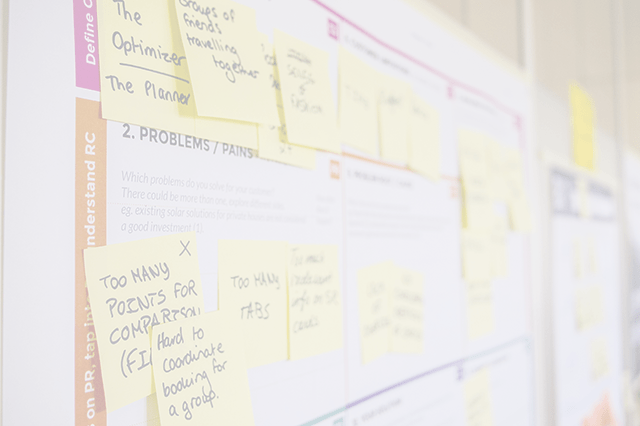Psychological Safety
Psychological safety is about being part of a team and knowing that you can share ideas and information without fear. Psychological safety isn’t the avoidance of conflict, rather it is knowing that we can share information inside a team instead of focusing on protecting ourselves.
“The belief that one will not be punished or humiliated for speaking up with ideas, questions, concerns, or mistakes, and that the team is safe for interpersonal risk taking” - Amy Edmondson, 1999
It isn’t just trust. We can trust each other and not be safe. Psychological safety requires that we know that if we take a chance or make a mistake, that we will be supported and not punished.
As safety increases, communication within the team becomes more open. This openness leads to better awareness of what is really happening in the work environment.
As communication improves, mistakes are reported and fixed more rapidly.
It is a virtuous circle.
What psychological safety isn’t
Psychological safety isn’t agreement for the sake of agreement. Rather, it’s an environment where we know we can be honest about what we have seen and not be punished for it. Warning: safety isn’t an excuse to highlight the mistakes we see in other people on our team. It is about being able to acknowledge our own mistakes and what we learned without repercussions.
Amy Edmonsen, who has written the book on the subject, uses the following survey to test a team’s level of safety:
- If you make a mistake on this team, it is often held against you.
- Members of this team are able to bring up problems and tough issues.
- People on this team sometimes reject others for being different.
- It is safe to take a risk on this team.
- It is difficult to ask other members of this team for help.
- No one on this team would deliberately act in a way that undermines my efforts.
- Working with members of this team, my unique skills and talents are valued and utilized.
People answer on a scale of Strongly Agree -> Strongly Disagree. Once the survey has been run, the team can use the data to help themselves see how they might evolve.
Timothy Clark - 2020 - has extended the concept to four levels: included; safe environment to learn; safe to contribute; safe to challenge the status quo.
Resource Links
- Engineering a Culture of Psychological Safety
- The Epic Guide to Psychological Safety
- Foster effective team behaviors (from “Understanding team effectiveness”)
- High-Performing Teams Need Psychological Safety. Here’s How to Create It.
- I Feel Unsafe Here! How to Embrace Conflict
- The 4 Stages of Psychological Safety
- Of Course Psychological Safety…But How?
- The (Psychological) Safety Dance
- The Psychological Safety Game
- Psychological Safety
- Psychological Safety Canvas — a report on how one company uses the concept
- Psychological Safety: High-Performing Teams
- Psychological Safety Made Simple — An Intro Guide
- Understand team effectiveness — why psychological safety matters and what to do about it
- What Google Learned From Its Quest to Build the Perfect Team
- Why Psychological Safety Improves The Effectiveness Of Your Team — what it is and what it isn’t, what the science says, and how high psychological safety probably results in more conflicts
Related Books
- The Fearless Organization: Creating Psychological Safety in the Workplace for Learning, Innovation, and Growth Hardcover by Amy C. Edmondson - Turn the Ship Around ! A True Story of Turning Followers Into Leaders Hardcover by L. David Marquet. (An example of where a leader created a safe environment and changed how a team worked)
